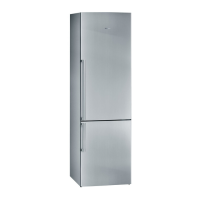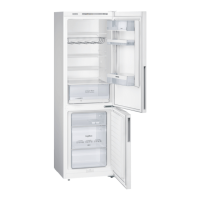Repair
8.1 Inside Lokring technology
8.1.1 Hints for Lokring installation
The ends of the tubes must be clean, bare metal and free of any oil,
paint or coating. To ensure this, clean the tube ends with emery cloth,
using circular movements. Cleaning lengthways should be avoided
as this can lead to fluting in the surface of the tube. Such flutings can
cause leakage.
Check and mark on the tube how far it should be put into Lokring con-
nection. This way you'll establish tube surface where Lokprep should be
applied.
Apply enough Lokprep to the tube ends to allow a thin film to be spread
over the length of the tube which is then inserted into the Lokring con-
nection. Push the tube ends fully home into the Lokring connection.
For improved distribution of the Lokprep, turn the connection through
360°.
Lokprep must be used sparingly. Especially with narrow tubes, such as
the capillary tube, there is a danger that an overdosage will seal the
tube opening.
On assembling, pull the capillary tube 10 mm out from the Lokring con-
nection and apply Lokprep from the rear. Insert the capillary tube back
into the connection and turn through 360° for improved distribution of the
Lokprep. Then press the Lokring.
After four minutes standing time, the pressed Lokirng connection is
ready for loading. For zinc compounds, the time is 7 minutes.
With a special insert, assembly of a Lokring at one side only is also pos-
sible. This insert is inserted into one side of the Lokring only, and in this
way initially only one Lokring is compressed. Then the second tube can
be fitted and compressed in turn.
Lokrings and Lokring tooling can be selected and ordered via
QuickFinder using ENR LOKRING/01.
8.1.2 Using Lokring pliers
Video tutorial
8.1.3 Handling Lokring pliers with two pivots
Video tutorial
Repair
2020-08-03_58300000002379_ara_en_p Copyright by BSH Hausgeräte GmbH Page54of73

